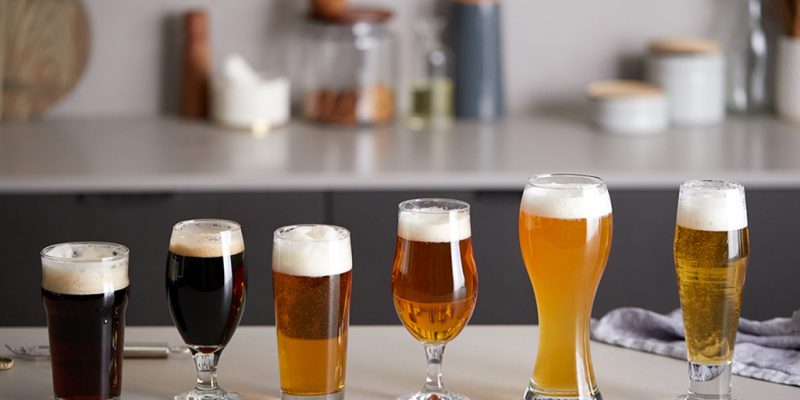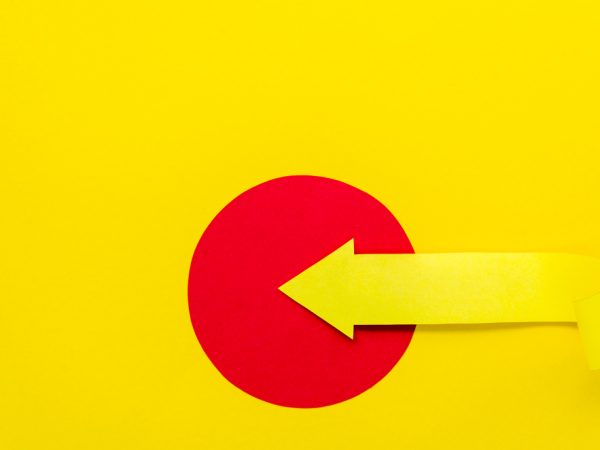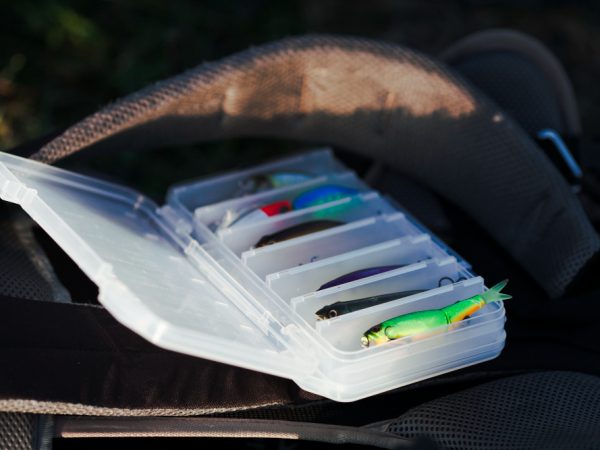Pint Glass Bottom: History, Design, and Meaning

Whether you’re enjoying a refreshing lager at the pub or sipping a craft beer at home, you’ve probably noticed that many glasses have a unique pint glass bottom. From thick bases to dimpled designs, the bottom of a pint glass isn’t just about looks—it has history, function, and cultural significance.
In this guide, we’ll explore what makes the pint glass bottom special, why it’s designed that way, and the fascinating stories that surround it.
What is a Pint Glass Bottom?
A pint glass bottom refers to the base or lower design of a pint glass, usually thicker or uniquely shaped compared to the rest of the glass. This feature can include:
- Thickened glass base – for stability and durability.
- Dimpled design – often seen in traditional beer mugs.
- Etched or nucleated bottoms – designed to enhance carbonation and head retention in beers.
History of the Pint Glass Bottom
The design of pint glasses dates back centuries, with variations across cultures:
- Medieval Alehouses – Early beer was served in wooden, clay, or pewter vessels with flat bottoms.
- 18th–19th Century – Glassblowing allowed for thicker, sturdier bases, preventing breakage.
- British Pubs – The iconic dimpled pint glass bottom became popular in the 20th century, offering grip and durability.
- Modern Craft Beer Culture – Today, pint glass bottoms are engineered for aesthetic appeal and functional enhancement.
Why is the Pint Glass Bottom Thicker?
There are several practical reasons why pint glasses have thick or unique bottoms:
- Durability – Prevents cracking and chipping when placed on hard surfaces.
- Stability – Heavier bottoms reduce the chance of tipping.
- Temperature Retention – Thicker bases help keep drinks colder for longer.
- Serving Consistency – Ensures standard pint measurements without risk of breakage.
Myths About the Pint Glass Bottom
The pint glass bottom has inspired several myths over time:
- “The Bulge Holds Extra Beer” – False; pint glasses are regulated to hold exact measurements.
- “Thick Bottoms Make Beer Taste Better” – While not directly true, they can influence carbonation and head retention.
- “Dimples Were for Cheating Drinkers” – Some believe dimples made beer look fuller, but in reality, they were added for grip and durability.
Types of Pint Glass Bottoms
Different styles of pint glasses feature unique bottoms:
Conical Pint (Shaker Glass)
- Straight sides, flat bottom.
- Common in the U.S. for serving beer and cocktails.
Nonic Pint Glass
- Slight bulge near the rim, flat bottom.
- Prevents chipping and makes stacking easier.
Dimpled Pint Glass
- Rounded dimples along the body and thick bottom.
- Iconic in British pubs for serving ales and lagers.
Nucleated Pint Glass
- Features an etched bottom to promote bubbles.
- Enhances beer aroma and head formation.
Pint Glass Bottom in Beer Culture
Beer lovers often debate glassware as much as the brew itself. The pint glass bottom plays a role in:
- Aesthetic Presentation – A heavy base feels premium in hand.
- Beer Experience – Nucleated bottoms release more aroma.
- Pub Tradition – Dimpled pint glasses are nostalgic symbols of pub culture.
Pint Glass Bottoms in Collectibles
For collectors, unique pint glass bottoms add value. Limited-edition brewery glasses often feature:
- Etched logos at the base.
- Custom dimple designs.
- Colored or frosted bottoms.
These make pint glasses not only practical but also collectible memorabilia.
Pint Glass Bottom and Functionality
Beyond tradition, the pint glass bottom offers several functional benefits:
- Grip and Comfort – Dimples make it easier to hold, especially with condensation.
- Pour Control – Angled bottoms can help with smoother pours.
- Dishwasher Safety – Thick bases withstand repeated washing.
Modern Innovations in Pint Glass Bottoms
Today, breweries and glassmakers innovate with new designs:
- Laser-etched nucleation points – Enhance carbonation.
- Insulated double-bottoms – Keep beer colder.
- Custom branding – Breweries etch logos into the bottom of glasses.
These innovations show how pint glass bottoms are evolving beyond tradition into science and branding.
Conclusion
The pint glass bottom may seem like a small detail, but it carries centuries of tradition, functionality, and cultural meaning. From thicker bases that prevent breakage to dimpled designs that define pub culture, the bottom of a pint glass is both practical and symbolic.
Next time you raise a pint, take a closer look—you’ll see that the bottom of your glass holds a fascinating story in every sip.
FAQs
1. Why is the bottom of a pint glass thicker?
To improve durability, stability, and temperature retention.
2. What are the dimples on pint glasses for?
Dimples provide grip, reduce breakage, and become a traditional pub design.
3. Do nucleated pint glass bottoms make beer taste better?
They enhance carbonation and aroma, improving the overall drinking experience.
4. Is the pint glass bottom just for style?
No, it combines style with function, improving usability and presentation.
5. Can pint glass bottoms affect beer serving sizes?
No, pint glasses are regulated for exact volume regardless of bottom design.
Also read: Self Made Man Statue: Symbolism, History, and Meaning











